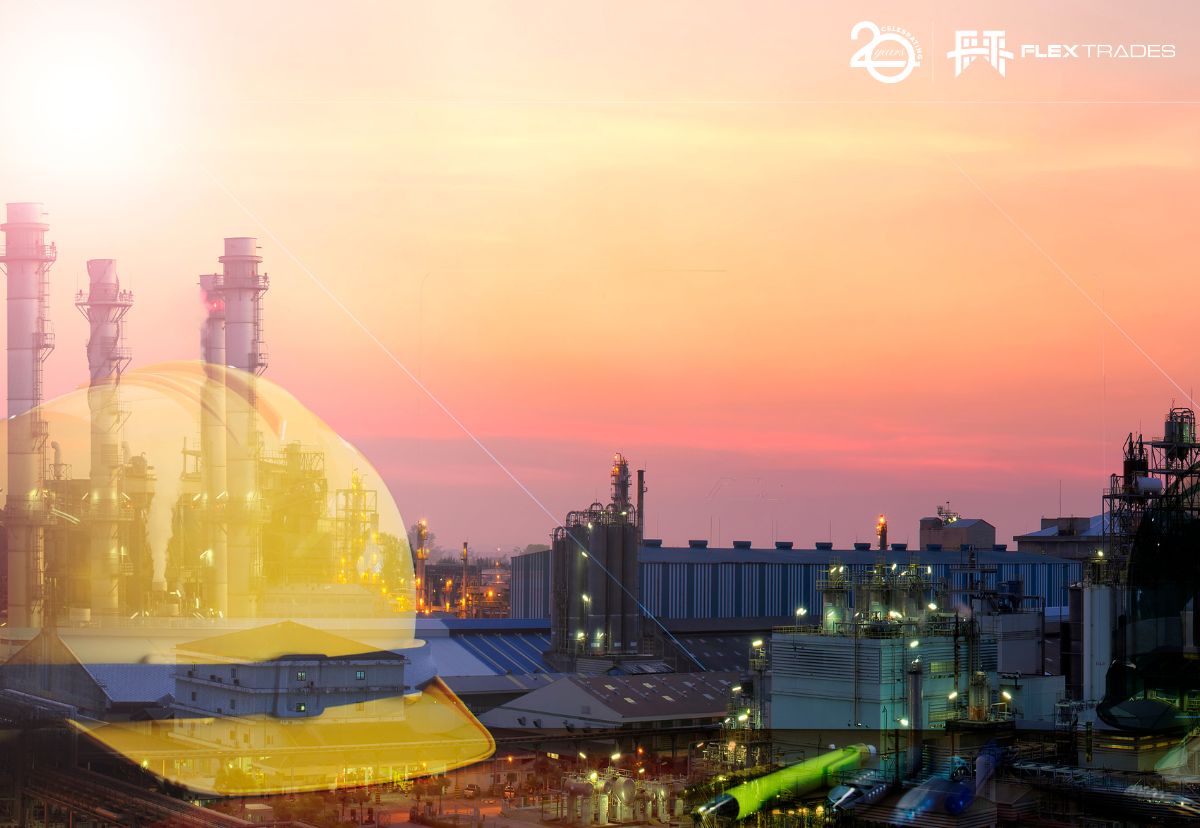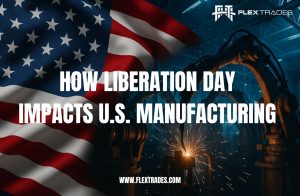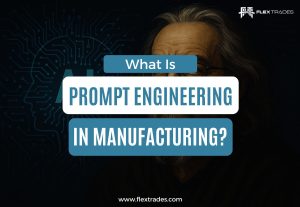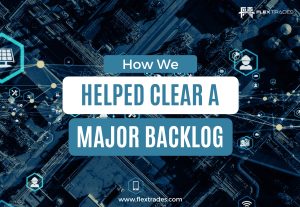American manufacturers almost unanimously place safety as a top priority, as it should be. In fact, FlexTrades was recognized with a ‘Risk Control Award of Merit’ in 2023. But there are so many hazards in this industry, ranging from slips and falls to hazardous materials and fires. How do companies and employees ensure a safe working environment?
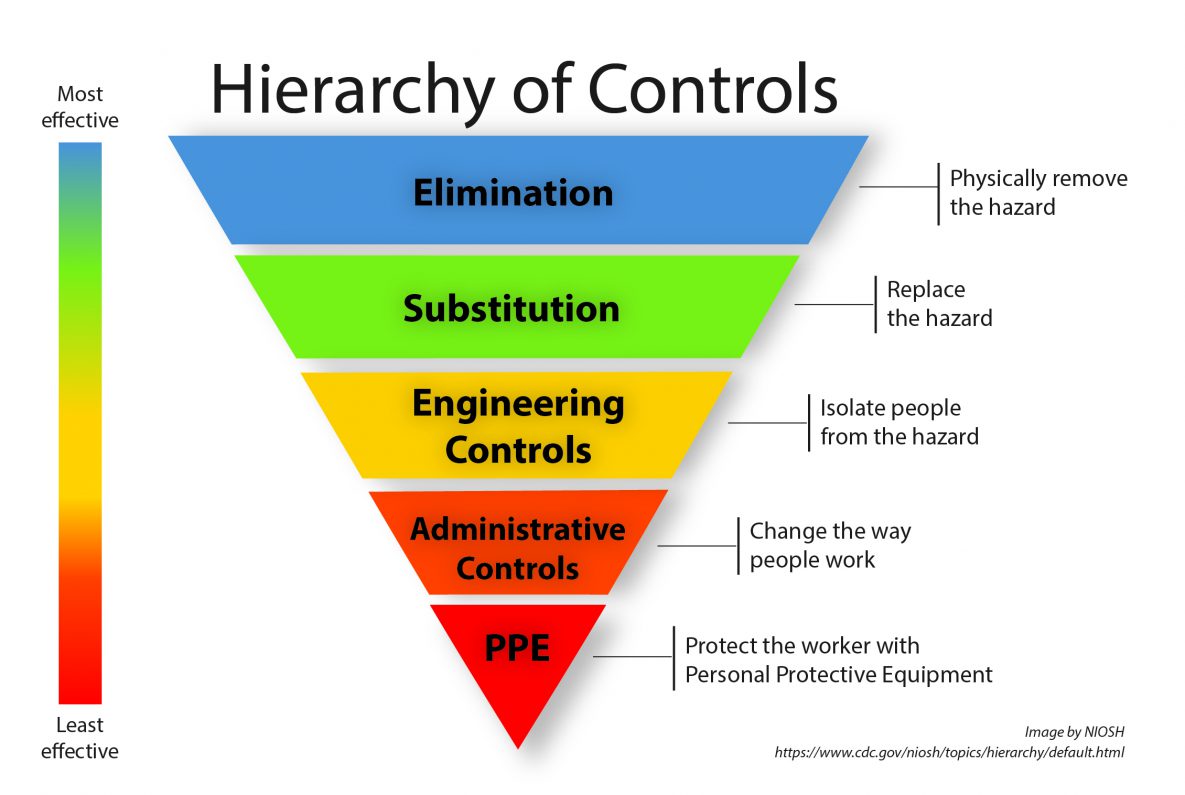
I found this Hierarchy of Controls from the CDC to be a great insight into the key steps that are followed to create a safe working environment. This article is intended to be a high-level look at some of these safety controls and how they apply to a production environment.
Elimination
Can a toxic chemical be removed from the process? Can heavy objects be kept on the ground to eliminate a lift? Can a process with a sharp tool be done differently to save fingers?
It is always a good exercise to see if any dangers can be physically removed when a manufacturing procedure uses dangerous materials, processes, or tools. If the danger is removed, so is the safety risk.
Substitution
If you can’t remove the danger, is there an alternative way to achieve the same result?
For instance, if a process has multiple heavy lifts to join large sub-assemblies, review the workflow to see if those lifts can be done earlier in the process when things are lighter.
When a substitution is done right, you mitigate or prevent known risks without introducing new ones.
Engineering Controls
Engineering controls are intended to separate workers from a known risk. The layout of a workspace, barriers and shields in front of chemicals or dangerous machines, ventilation systems, and safety functions built into machines are all a part of engineering controls.
This is one of the most effective methods of controlling physical hazards because Engineering Controls directly address the source of the hazard.
Administrative Controls
What training does an operator need to safely run a dangerous machine? Are employees adequately rested to properly focus on the job at hand? Is the line speed adjusted to allow proper time for safe operations?
Being exposed to hazards is unavoidable in many manufacturing processes. Controlling how and when a workforce faces that exposure should always be considered. Administrative controls impact training, scheduling, and even access to dangerous materials or machines.
Personal Protective Equipment (PPE)
Until robots come to take your job (spoiler: they aren’t), PPE is the last line of defense. Various forms of PPE are intended to protect a user from hazards including physical, chemical, heat & fire, electrical, and others.
The types of PPE used should be chosen carefully to address the hazards specific to the type of work being done. It is also important to keep PPE in good working order by inspecting and replacing worn-out or damaged equipment.
Conclusion
At the end of the day, human errors happen, machines fail in unexpected ways, and the work we do can still be dangerous. Most manufacturers have a Safety Team and many layers of controls in place to eliminate hazards and prevent accidents.
In addition to following safety guidelines, it’s important for individual employees to come to work with focus, pay attention to detail, and speak up if a safety measure doesn’t feel right.
We’re all in this together. Safety should be everyone’s #1 priority.


